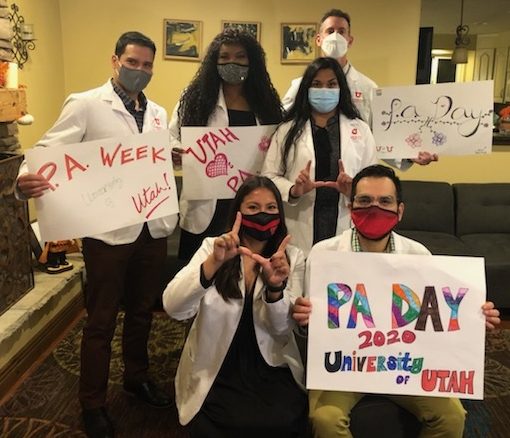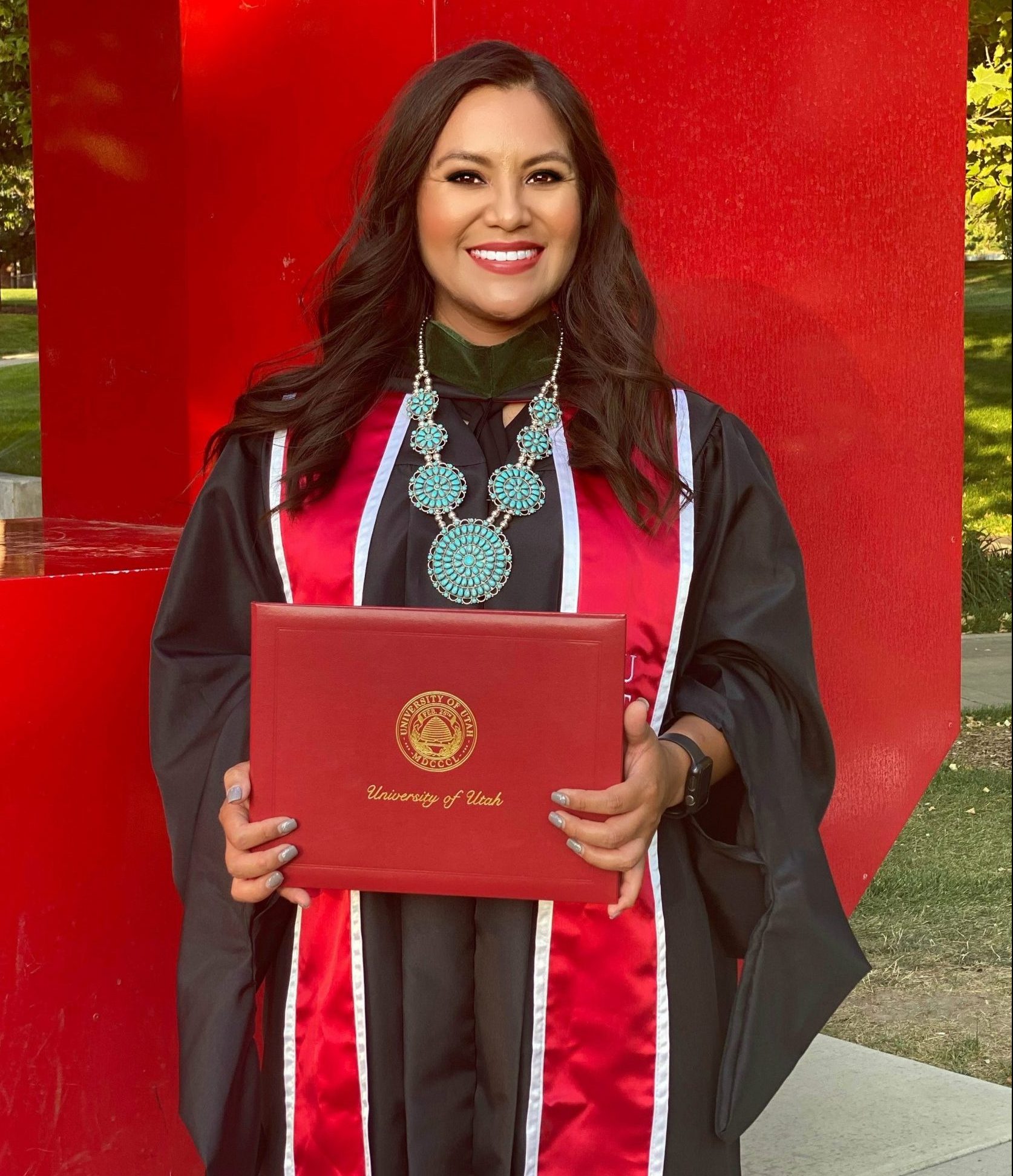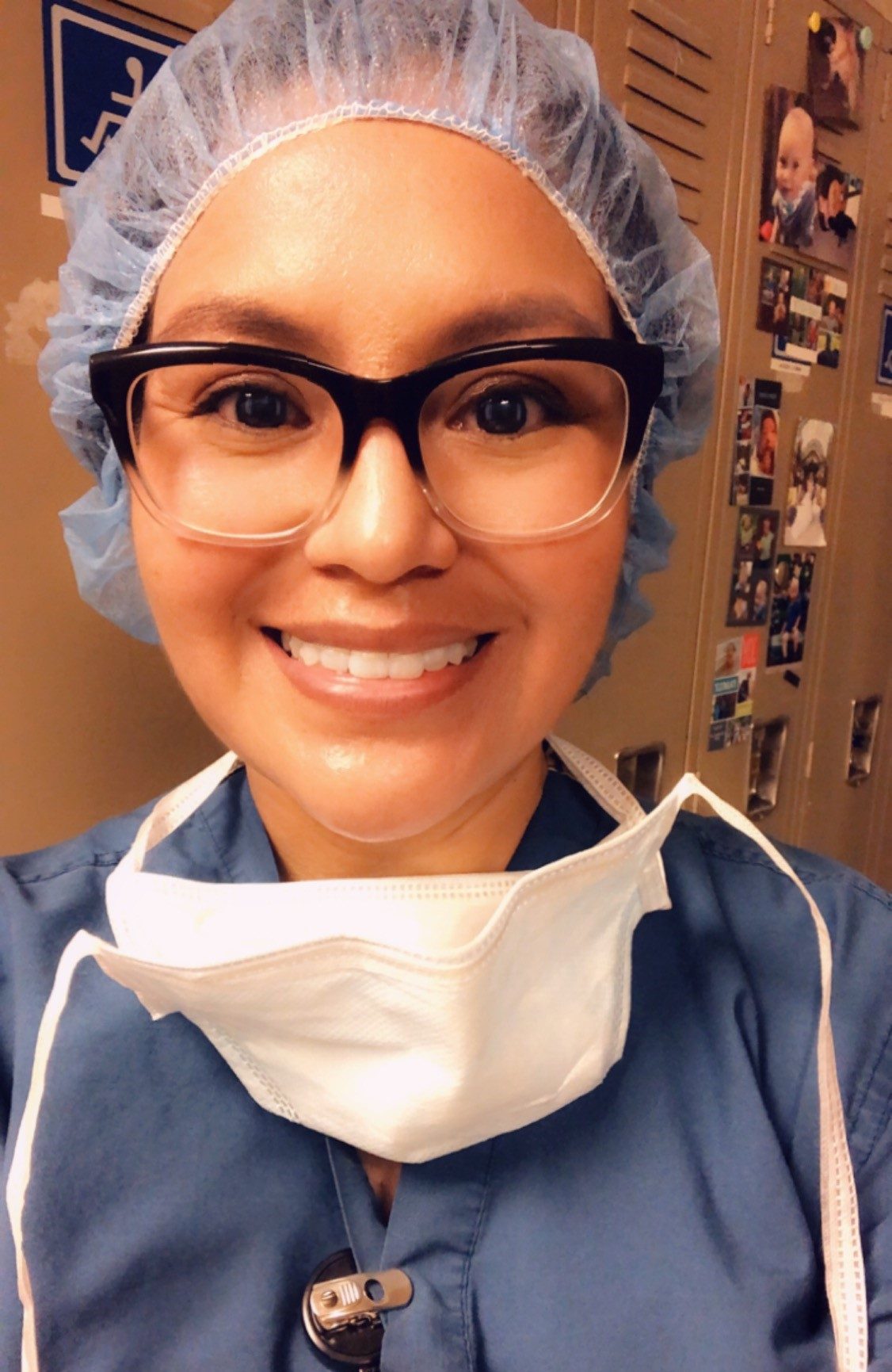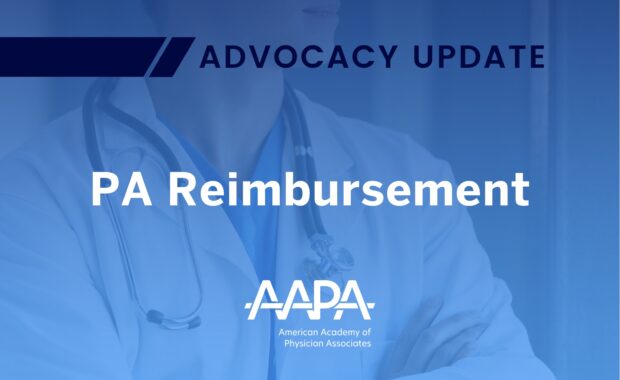PA Graduate Featured on TODAY Show Will Return to Navajo Nation to Practice
Duncan Inspired to Make a Difference in Her Community
December 28, 2020
By Jenni Roberson

How do you sum up the importance of the PA profession and PA Week in 20 seconds or less? That was the challenge before recent University of Utah PA Program graduate Chanda Duncan, who woke up at 4 a.m. on October 6 to get online and be the smiling – under a mask of course – face of the profession when PAs took over the over the TODAY Show Virtual Plaza.
“The pressure was intense knowing it was going to be live,” Duncan says. “Racing through my head were ideas of how all my prepping for my responses to possible questions would really be delivered. I was excited and proud to represent new PAs. We are a diverse group, and that is something to be proud of – our hard work and determination.”
All of the PA groups cheering from their “boxes” in the Virtual Plaza that day were excited, as well as Duncan’s study partners who were behind her during the interview – Jay Fearnley, Vannina Correa Gwilliam, Moises Terrazas, Diego Upegui, and Menerva Yole-Lobe.
Twenty seconds to be the face of the PA profession before a national audience was surely a once-in-a-lifetime opportunity for Duncan, but to tell the story of how and why she became a PA, she’d need a lot more time.
[Grow your network, find a mentor, and more – join or renew your membership today]

Journey to become a PA
Duncan grew up in Tohatchi, New Mexico, a small town in Navajo Nation 30 miles north of Gallup, New Mexico. As a high school student, she helped care for her elderly grandmother – her Másaní – taking on responsibilities that involved nutrition, physical exercise, and organizing her grandmother’s medication. She also helped care for a niece with severe asthma/chronic lung disease.
The experiences she had helping to care for her family throughout her teenage years were defining experiences for Duncan. After completing her undergraduate degree at the University of New Mexico, Duncan says she knew her life’s work was meant to be in medicine, and she felt led to serve in one place in particular – home.
“My passion was to return to the Navajo reservation near Tohatchi as a provider in the medical field,” Duncan says. “Initially I wanted to become a physical therapist. I gained medical experience as a physical therapy tech for about three years and later worked in public health and policy for Native American communities surrounding Albuquerque as a research assistant for the Albuquerque Indian Health Board. While working in with 29 tribal communities in New Mexico, I began to recognize the need for more providers to serve rural communities. I was able to relate to other tribes and outside my own. Working in research helped me decide that I wanted to make a difference in the clinical aspect. I knew being a PA would enable me to advocate and share my empathy toward my patients. It only seemed a natural decision to later return home.”
[Join now as an AAPA Student Member]
Return to Navajo Nation
Her goal to return to Navajo Nation after graduating from PA school was further solidified during her clinical rotations.
“I was reminded of the struggle in caring for family members when I did my medical rotation in family medicine with Utah Navajo Health System at Navajo Mountain, Monument Valley, Blanding, and Montezuma Creek,” Duncan says.

“Limited access to quality healthcare and the long travel hours for community members to the nearest clinic or hospital remains a challenge. Returning home to work at a local hospital to provide assistance with my training will be an honor. I want to be a part of continuous change and improvement to Native American health. We deserve quality healthcare. I’m also excited to return to communities where I am familiar with the culture, language, and kinship relationships. I’m proud of my upbringing and look forward to serving as a PA within my own community.”
Knowing the Navajo language, Diné Bizaad, will help her meet unique needs in her community, Duncan says, as the Navajo language is still actively used especially among those over age 50.
“There are plenty of young fluent speakers as well due to multi-generational homes,” Duncan says. “Comprehension of medical terminology is important to make sure Diné Bizaad speakers – first language – know about their personal health or those they care for at home. Returning home to speak my own home language is a skill I’d like to improve in medical terminology as part of my quality care to my patients.”
As she prepares to begin her career as a primary care PA at Tséhootsooí Medical Center this February, Duncan has hopes for not just for what she can accomplish in the future but for how the entire profession can grow.
“I hope to see the PA profession expand their applicants and selected cohorts with more diverse backgrounds,” Duncan says. “There are many students who grew up in similar upbringings as I did from a rural community with cultural practices and language that they understand well. Diverse minority students like me have plenty to offer. I think there needs to be further education on how providers can make a difference in their communities. I always encourage non-Native American providers to work in our communities because we need help.”
Jenni Roberson is director of Media Relations, at AAPA. Contact her at [email protected].
Editor’s note: This article originally appeared in October 2020.
You May Also Like
What Inspires Student Academy President-elect Mariah Leroux?
What PA Students Can Learn From Bruce Lee – Seriously!
Meet New Student Academy President Katie Ganser
Thank you for reading AAPA’s News Central
You have 2 articles left this month. Create a free account to read more stories, or become a member for more access to exclusive benefits! Already have an account? Log in.
